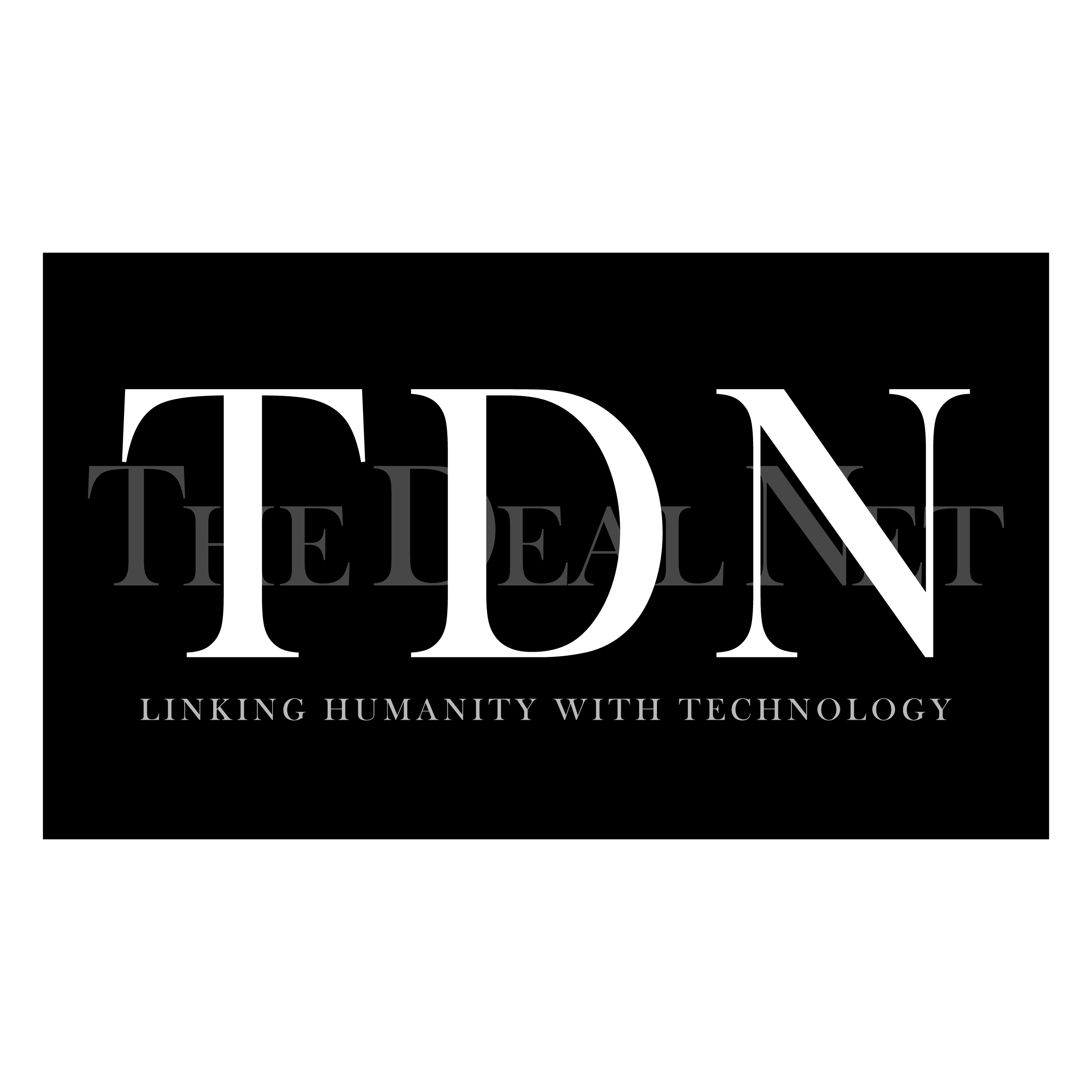All of sudden during the long and strange year that was 2020, I was hearing about NFTs. They seemed to be all over the news. Even our kids were showing me some tired old memes that were becoming NFTs – one relates to a picture of a burning house and originated all the way back in 2005! I quickly found out more about NFTs. Somehow, one of the first things I learned was that a famous image of a cat with a PopTart body leaving a rainbow trail through outer space had earned its creator almost $600,000! So, are NFTs an expensive fad? I kept digging to learn more. And it turns out that NFTs are a fascinating phenomenon, and are not only about house fires and space-faring PopTarts. They can also hopefully be used for more socially responsible goals.
In case you’ve read this far and are not quite familiar with NFTs, please allow me to impart some fundamental understanding of the concept. As you can see from the title of this post, the funky phrase “non-fungible token” has been blessedly abbreviated to “NFT”. Basically, a non-fungible token is essentially a digital certificate of authenticity that cannot be altered or changed because it is stored on a blockchain network. Once the digital certificate is on a blockchain network, it will be protected against unlicensed alteration (of that certificate; not necessarily the original artwork), and it will allow the owner to financially benefit from any transactions or trades of the NFT that occur in a dedicated marketplace.
In America, the National Basketball Association has started using NFTs as a means of creating an entirely new revenue stream. It’s quite amazing actually. My understanding of the situation is that fans are able to buy their favorite clips of actual games and famous moments of NBA history as NFTs. So, the buyer of such an NFT is then able to control the image or video sequence and or try to use it for financial gain.
And as quickly as NFTs are created, new market places are being established as a forum for buying and selling the NFTs. Going back to our NBA example, one NFT sequence allegedly sold for over US$ 200,000 on the online trading platform NBA Top Shot. However, this is small change compared to the prices that some higher profile NFTs are fetching. In March of 2021, Christies sold a piece of digital art for US$ 69 million. And Jack Dorsey, the CEO of Twitter, famously auctioned off an NFT of his first tweet for close to US$ 3million.
Then I saw reports that NFTs were contributing to greenhouse gas emissions. It was difficult for me to make that connection, but it seems that most NFTs were being purchased with the crypto-currency Ethereum. And Ethereum is an energy-intensive process for establishing proof of work. In fact, the large amount of energy required to mine any blockchain is done on purpose because it is part of the system’s innate security.
So, my initial impression was that NFTs and the marketplaces for trading NFTs were only benefitting a small number of people; most of whom had a significant amount of discretionary income. And worse yet, NFTs were possibly having a negative impact on the environment – at least indirectly. But there is another side to NFTs, and I’ve learned that there are other more positive ways that NFTs can be used.
First, I learned that it was possible for meme creators to use NFTs as means of improving their own lives. There was a meme that was a picture showing a young girl strangely smiling in front of a burning house (search for an image of “disaster girl” and you can find her). I found out that the family sold an NFT of the original image for approximately US$ 500,000, and will earn 10% of future sales of the image. It seems that Disaster Girl is now a college student, and she plans to use the money earned from the NFT to pay off her student loans and for charitable donations. This is not exactly the NBA using NFTs to increase its already lucrative revenue stream. My hope is that other meme owners can follow this socially conscious lead.
Second, it’s not just memes – NFTs can be an important part of securing authentication and allowing artists to monetize their digital creations in a way that simply wasn’t possible before. Let’s not romanticize the stereotype of the starving artist that only becomes famous after death. Content creators deserve to have a valid means of securing income for themselves that is derived from their intellectual property and creativity. NFTs can foster this atmosphere, and their protection against fraudsters is actually coded right into the blockchain.
Third, NFTs can be a tool that social enterprises can use to generate revenue. In fact, none other than Vitalik Buterin, the co-creator of Ethereum, believes that NFTs could be used as part of a funding mechanism in support of causes that promote social good. He believes that there needs to be a good deal of effort and coordination to bring this goal to fruition. It may also require the establishment of a widely-accepted and decentralized automated platform that would ensure that NFT sales, or a portion thereof, were in fact being used to fund charitable causes.
Fourth, efforts are underway to off-set the carbon footprint of NFTs. One “easy to say but hard to do” solution would be for crypto-currency servers to run on clean energy. It seems that there are steps toward making this transition, so hopefully that will continue. Another solution is to create private blockchains or direct channels for people that want to buy and sell NFTs. An example of this is Bitcoin’s “Lightning Network”, which was launched in 2018. Finally, it is encouraging to note that a group of self-aware artists have themselves created a blockchain-focused charity for auctioning their donated works, and the proceeds from the auction will be given to a non-profit that is looking for ways to use blockchain technology for Paris climate accord agreement accounting.
We are still in the early stages of how NFTs can be traded, and what benefits can be derived from them. I believe that NFTs can and should be utilized to promote socially progressive goals, and NFTs should become part of the revenue toolkit relied upon by social enterprises. Additional access should be given to artists, museums, libraries and other institutions so that they can create and market NFTs as a means of generating revenue and protecting original creations. Where there is a will, there is a way.
Sources and Further Reading
- Featured Image – MarioTaddei, CC BY-SA 4.0 https://creativecommons.org/licenses/by-sa/4.0, via Wikimedia Commons
- https://cointelegraph.com/news/vitalik-buterin-nfts-are-a-social-good-not-just-a-casino-for-rich-celebrities
- https://vitalik.ca/general/2021/03/23/legitimacy.html
- https://www.forbes.com/sites/lawrencewintermeyer/2021/03/19/climate-positive-crypto-art-the-next-big-thing-or-nft-overreach/?sh=7711a1f1b0e6
- https://www.msn.com/en-us/news/us/disaster-girl-sells-viral-burning-house-meme-as-an-nft-for-500k/ar-BB1gc6mo
- https://www.nytimes.com/2021/02/22/business/nft-nba-top-shot-crypto.html
- https://www.si.com/nba/2021/03/17/nba-top-shot-crypto-daily-cover
- https://www.theverge.com/2021/3/11/22325054/beeple-christies-nft-sale-cost-everydays-69-million
- https://www.theverge.com/2021/3/15/22328203/nft-cryptoart-ethereum-blockchain-climate-change



Arpita Mhatre
/ 12 Sep 2021Interesting read Matt
anjala jose
/ 12 Sep 2021Thanks!
Matt Hansen
/ 16 Sep 2021Thank you Arpita! Please let me know if there are other points about NFTs (or other issues related to tech and social enterprises) that you would like us to write about.